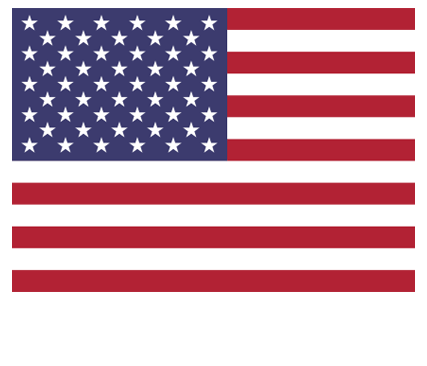Thermoplastics 101: What Are They?
Most of us encounter all kinds of plastic products in our daily lives, from plastic bags, to water bottles and food containers, to sports equipment, to PVC pipes, to insulative products, to adhesives and sealants, and so much more. Plastics are used in product packaging, building construction, electronics, transportation, and nearly every industry. Versatile, lightweight plastics are used for all kinds of applications, adding convenience and cost-effectiveness to many areas of modern existence.
What are plastics? Broadly speaking, plastics are substances made from polymers; there are two main categories: thermoplastics and thermosets. What, exactly, are thermoplastics? What separates them from thermosets? What are the different types of thermoplastics and how are they used? Here’s what you should know.
Characteristics Of Thermoplastics
To understand thermoplastics, you must first understand polymers, which are made up of linked chains of monomers. What separates one plastic from another is how those monomers are linked. Thermoplastics are characterized by weak links. What does this mean?
This property is what makes thermoplastics so versatile. Because of these weak links, thermoplastics can be heated, remolded, and cooled to resume a strong and rigid structure. In other words, thermoplastics could be recycled and reused indefinitely (barring the use of chemical additives intended to strengthen bonds, which can reduce their ability to be heat and remolded).
Thermosets, on the other hand, feature permanent chemical bonds that make for strong and durable products, but preclude the potential for heating and remolding the plastics, limiting recyclability.
Different Types Of Thermoplastics
Thermoplastics and thermosets are broad categories of plastics, and there are several types within each category. Some of the most common thermoplastics include:
- Acrylic
- Nylon
- Polyethylene
- Polypropylene
- Polytetrafluoroethylene (Teflon)
- Polyvinyl Chloride (PVC)
There are several other types, but these subcategories of thermoplastics are responsible for a wide range of familiar products. Acrylic, for example, can be used for windows, aquariums, and a variety of other purposes. Nylon is the basis for hosiery, carpet fiber, guitar strings, and more. Polyethylene is found in everything from milk containers to machine parts.
In Conclusion
Thermoplastics are all around us, in a variety of forms, and they can be made stronger and more permanent with the use of additives, although these modifications may impact the ability to recycle certain products.



